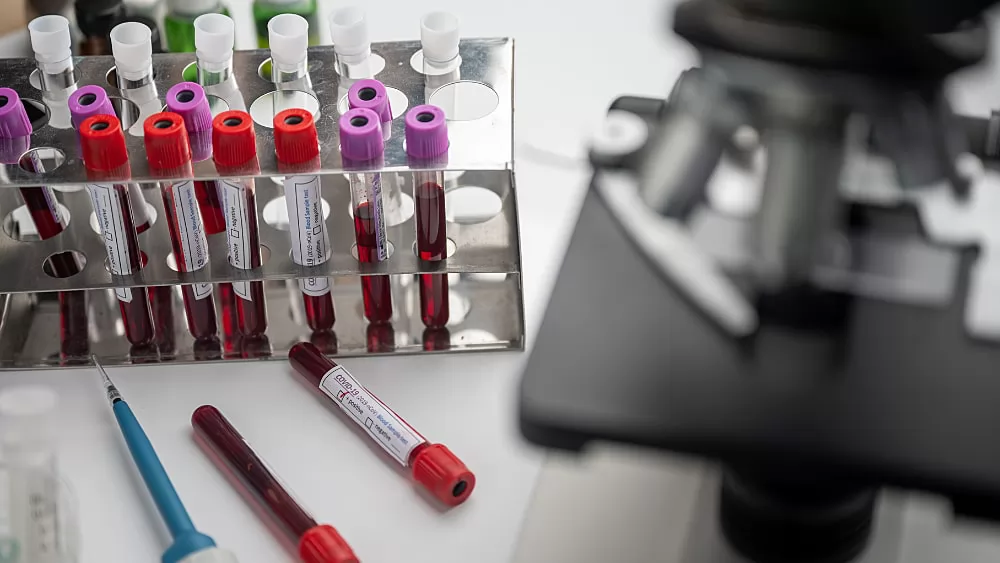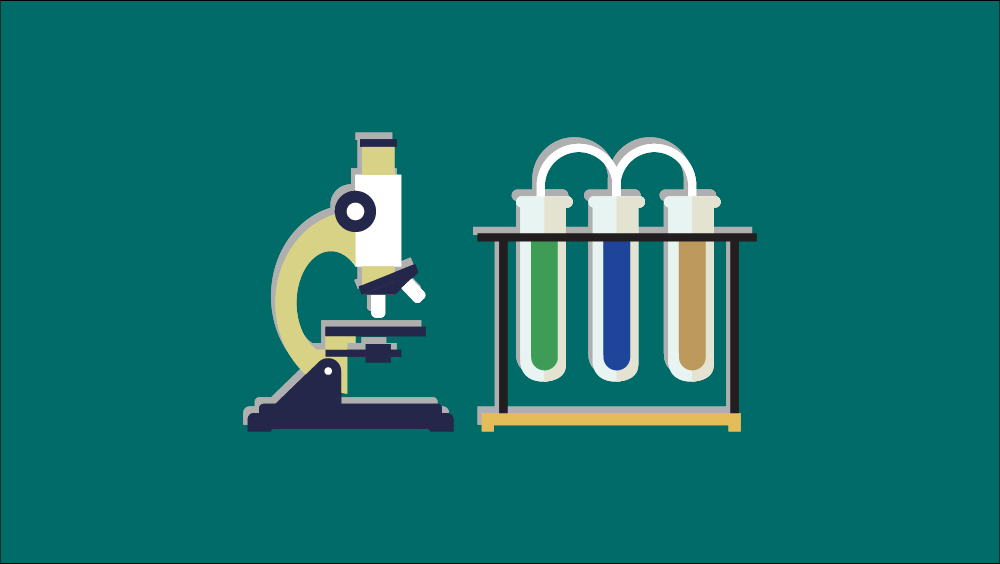The scale-down model in chromatography processing

From this article you can learn:
-
Process Characterization and Process Validation
-
Scale-Down Model
-
Basic principles of scale-down model
-
Scale-down model validation
-
Conclusion
Process Characterization and Process Validation
Process characterization is to systematically study the impact of process-related parameters and raw material property on product quality, therefore set a strategy for process control. Process validation will go through the whole life cycle of product. The established scientific proof helps to ensure the production of products which can consistently meet quality expectation. However, conducting PC and PV on processing scale is unpractical and therefore scale-down model is usually used for study for this purpose.
Scale-Down Model
Scale-down model refers to a lab-scale unit operating model established via proportionately scale-down on design principles. It is of key importance to build a suitable scale-down model, which shall fully reflect the performance of commercial production scale.
Basic principles of scale-down model
One of the key parameters is sample retention time, which needs to be kept unchanged in process via keeping the right bed height and flow rate. Thus, column used in scale-down model only reduces the basal area, whose scale-down ratio will vary from 1:1000 to 1:100000. Table 1 lists basic parameters of scale-down model.
Table1 basic parameters of scale-down model
|
Unchanged |
Reduce |
Attention |
|---|
|
Bed height |
Basal area |
Column efficiency |
|
Linear flow rate |
Volume flow rate |
Column wall effect |
|
Ratio of buffer volume to column volume |
Sample loading volume |
|
|
Sample binding capacity |
|
|
|
Buffer |
|
|
|
Protein contents and compounds in feedstock supernatant |
|
|
|
Sample collection criteria |
|
|
|
Operational temperature |
|
|
|
Ligand and matrix of resin |
|
|
Apart from the above-listed factors, hardware-related factors shall also be considered when building scale-down model. Specifically, the impact of non-chromatography related parameters including pump, detection pool and system pipes on chromatogram and product quality.
Scale-down model validation
The scale-down model validation refers to the statistically-related validation methods. For example, T test and two one-sided test (TOST). This type of scale-down model will only be accepted by supervision authority after feasibility confirmation and validation.
Table 2 scale-down model validation
|
Validation projects |
Analytical methods |
|---|
|
HETP |
UV or conductance peak chart |
|
AS |
UV or conductance peak chart |
|
Yield |
UV,HPLC, concentration, activity |
|
Chromatogram |
UV,pH, comparison of conductance chromatogram |
|
Purity |
SDS-PAGE、HPLC、CE |
|
Impurity |
SDS-PAGE、HPLC、ELISA |
Conclusion
Scale-down model serves as a footstone and precondition for process characterization and process validation. Whether it is on the initial R&D stage or the later clinical trial stage, even in the commercialization process stage, scale-down model always plays a vital role in supporting process-related technology.









.png)


